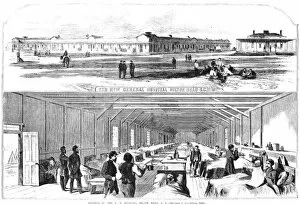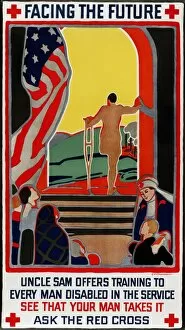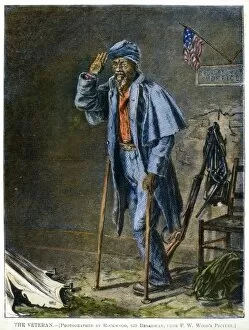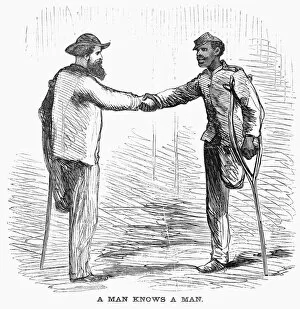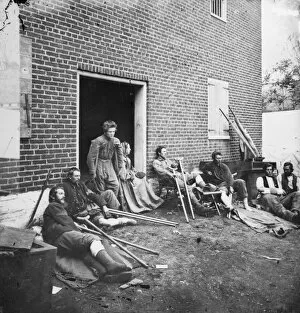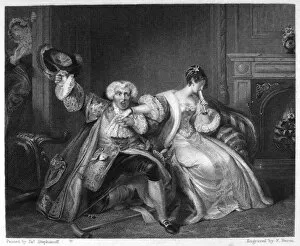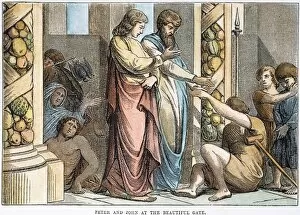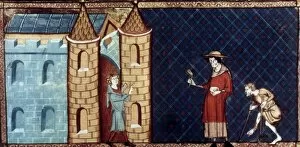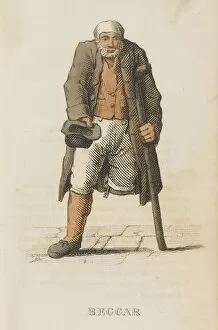Crutch Collection (#9)
"Crutch: A Symbol of Resilience and Support" Throughout history, the crutch has served as a powerful symbol of resilience and support in various contexts
For sale as Licensed Images
Choose your image, Select your licence and Download the media
"Crutch: A Symbol of Resilience and Support" Throughout history, the crutch has served as a powerful symbol of resilience and support in various contexts. From literary works to historical events, this simple yet essential aid has left an indelible mark on our collective consciousness. In Long John Silver's adventures, his parrot perched upon his shoulder while he relied on a crutch to navigate the treacherous seas. This iconic image epitomizes strength in the face of adversity. Even renowned author Ernest Hemingway found himself leaning on a crutch during his time at the American Red Cross Hospital in Milan. It serves as a reminder that even great minds require assistance at times. During World War I, German poster campaigns highlighted injured soldiers relying on crutches as they fought to rebuild their lives. These images showcased not only physical but also emotional rehabilitation. Charles Dickens immortalized the spirit of Christmas with "A Christmas Carol, " where Tiny Tim's character exemplifies hope despite using a crutch. His determination inspires us all to overcome obstacles with grace and optimism. John L. Burns, wounded at Gettysburg during the American Civil War, stands tall with his battle-worn body supported by a crutch. At 70 years old, he embodies courage and resilience that transcends age or circumstance. The associates of the Witches of Belvoir are depicted wielding magical staffs resembling enchanted crutches—a testament to their mystical powers and ability to traverse between worlds effortlessly. In Spanish bullfighting series artwork, matadors gracefully wield capes while standing firm on their symbolic red-crutched platforms—showcasing bravery amidst danger within this traditional spectacle. Ancient Greece honored warriors bidding farewell before battle; some leaned upon sturdy wooden supports akin to crutches—an embodiment of camaraderie and unity among those facing uncertain fates together. Artistic depictions reveal Death embracing Pope Pius II as he crowns an Emperor, while a crutch lies nearby.



